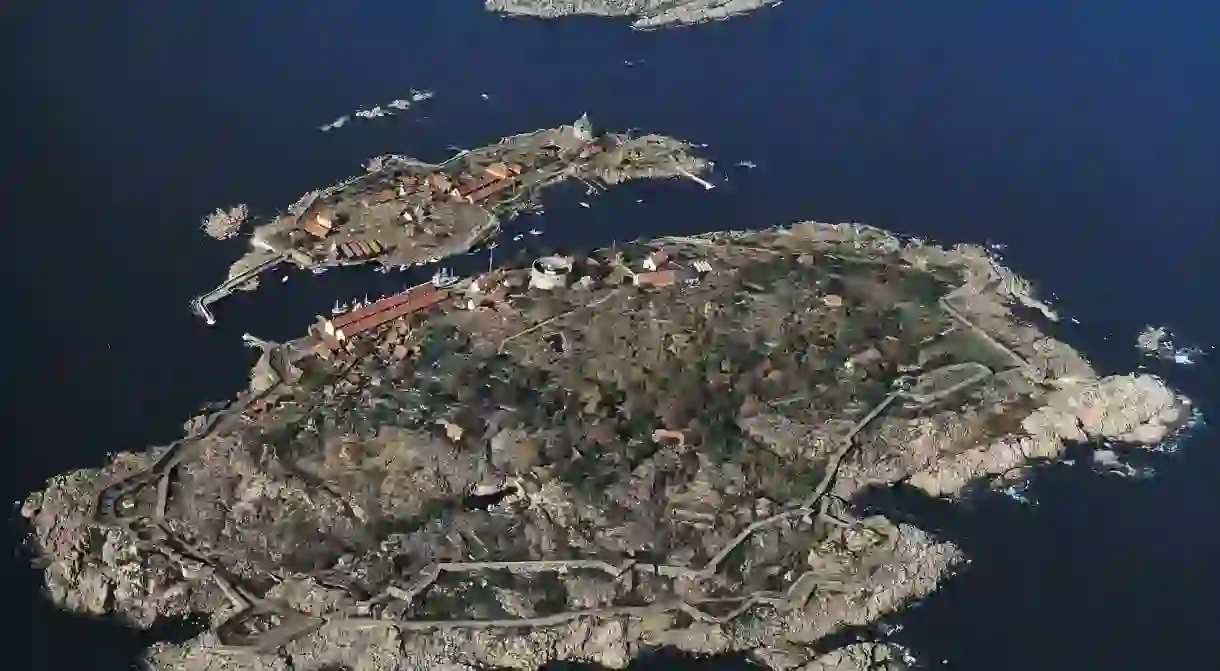Here's What You Didn't Know About Denmark's 406 Islands

First of all, did you know that Denmark has more than 400 islands? We know, when you’re thinking of the country’s small size it sounds weird. And after taking a look at the map (we know you just opened Google Maps), it sounds even weirder. But it’s true. Now that we cleared that up we can move forward with some facts about Denmark’s 406 islands.
Quick facts about Denmark’s 400 islands
Denmark has 4,545 miles (7,314 kilometres) of coastline and is home to more than 400 islands. However, out of the 406 Danish islands scattered in the Kattegat Sea and the Baltic Sea, only 72 are inhabited. The largest Danish island is Zealand, and it’s where the Danish capital is located, while the North Jutlandic Island and Fynen are the second and third largest, respectively.
45% of Denmark’s population live on Zealand, and there are 465,241 inhabitants on Fynen, the island where Hans Christian Andersen was born two centuries ago. There is also approximately 296,700 people on the North Jutlandic Island, which is located at the tip of Denmark.
According to local.dk, 36 of the Danish islands have fewer than 100 residents while 18 of them have fewer than 10.

Natural phenomena and landscapes
Due to their different locations and the areas’ natural phenomena, the 400 islands feature diverse landscapes and each one of them has its own atmosphere and unique character. It’s not uncommon to find vast forests and sandy beaches, endless dunes and cliff areas on the same island.
For example, on Bornholm, Denmark’s most popular island, visitors will discover that the eastern side is covered with sandy beaches with calm and shallow waters. In the north, pebble beaches and steep cliffs make up a wilder landscape. And in the middle spans Almindingen, one of the largest forests in the country. While Bornholm is well-known for its green areas, the Danish island of Anholt, which is located in Kattegat sea halfway between Sweden and Denmark, is popular for being home to the largest desert in Northern Europe. The small island with the 160 inhabitants is also known for hosting one of Scandinavia’s largest seal populations.

The North Jutlandic island is also a great place to witness unique natural phenomena, but the main reason thousands of wanderlust-seekers head every year to the tip of Denmark is to see the Skagerrak Sea (part of the North Sea) and the Kattegat Sea colliding. Visitors can stand on a long sandbar named Grenen (The Branch) and see the two oceans meet right under their feet.
On the other side of Denmark, southeast of Zealand, travellers will run across the breathtaking Stevns Klint, a nine-mile (15-kilometre) long chalk cliff that proves the impact of the Chicxulub meteorite on our planet at the end of the Cretaceous Period 67 million years ago, which according to scientists eroded 50 percent of all life on Earth. Stevns Klint was listed as a UNESCO World Heritage Site in 2014.

Aside from being popular tourist attractions, the Danish islands are also known for being agriculture and farming centres. On Lolland, the fourth largest island, there’s one of the largest organic farms in the country producing a great amount of both meat and vegetables, while Fynen is also known as ‘The green island of Denmark’ (Danmarks grønne ø) because it’s the country’s agricultural heartland as well as the island where extensive pig and cattle breeding take place.
These are only a few examples of why Denmark’s spectacular islands must become your next destination. So spot one that suits your travel style best and discover its hidden corners for yourself.













